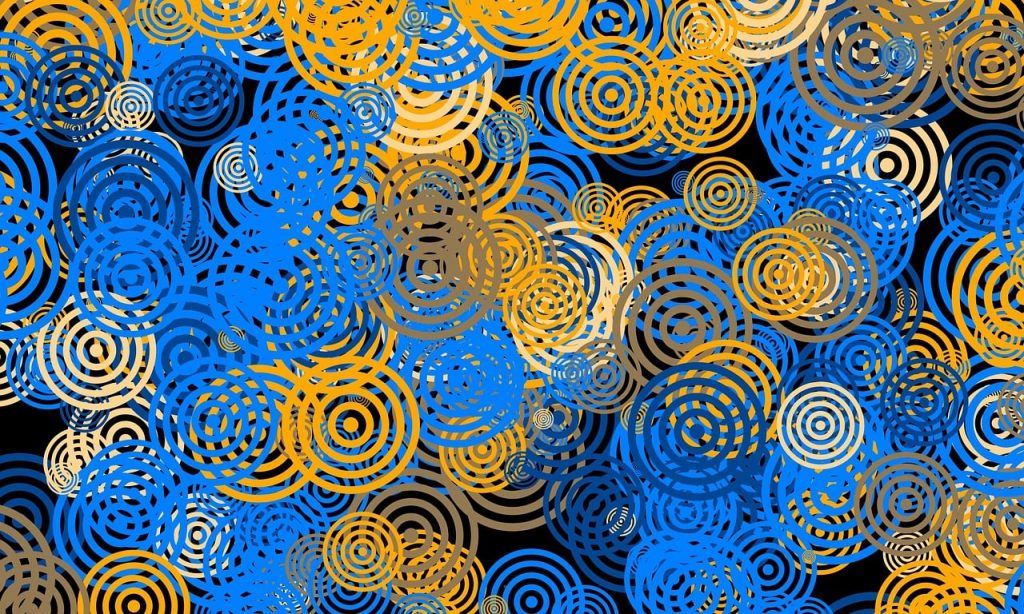Color Theory for Graphic Designers: Using Color Effectively for Branding and UX

Color wields phenomenal influence in graphic design for commanding attention, setting moods and shaping perceptions. But haphazard color choices risk communicating wrong messages whereas skillfully crafted palettes promote brands strategically. This essay explains foundational color theory principles graphic designers employ when selecting hues for logos, websites, marketing materials and mobile applications targeting optimal emotional impact.
Color Basics
At the most elementary level, colors classify into one the three primary pigments – red, blue and yellow – which mix to form secondary and tertiary blended hues. But modern digital displays emit red, green and blue (RGB) light blended through electronics. Printers correspondingly combine four process colors using cyan, magenta, yellow and black (CMYK) inks to generate photorealism. Technical color models define exact ratios for mixingprimaries mathematically enabling reliable reproduction across devices.
Beyond synthetically derived palettes, some brands borrow attractive colors occurring naturally in foods, plants and minerals that resonate universal familiarity. Natural associations also evoke inherent psychological effects useful when planning appropriate palette emotion. So both sciences blending primaries and harnessing familiar earth tones provide fertile starting points when curating impactful color combinations.
Psychological Effects
Color science confirms different hues trigger measurable attitudinal and behavioral responses influencing decisions often subconsciously. Warm fiery hues like red and orange spark passion, appetite and excitement useful for food or active lifestyle products wanting visceral attraction. Cool blues and greens denote professional trust and tranquility suiting financial, medical and mental health contexts. Vibrant magentas and yellows signal playfulness, optimism and approachability apt for toys, games and casual hospitality brands.
Even within the same industry, appropriate tonal distinctions differentiate positioning like contrasting established blue banking giant against modern online orange upstart competitor seeking friendly disruption. Deviating risks odd disjointedness but when orchestrated harmoniously can poignantly set expectations.
But preferences still vary culturally like favoring red in China, green in Nigeria or saffron invoking pride in India. And accessibility considerations now mandate accommodating color blindness by ensuring important meaning distinctions do not rely solely on hue alone without secondary textual cues. So while foundational psychology provides helpful direction, localization sensitivities warrant ongoing consideration.
Brand Identity Impact Committed color palettes make companies memorable by reinforcing instant visual recognition that primes perspective long before experiencing products first-hand. Seeing website header styling, logo markings or advertisement layouts activates associative preferences groomed through past exposure. This momentum gives franchises incredible marketing efficiency permeating societies rapidly when synchronized across media flawlessly over years.
For example, seeing golden arches triggers Pavlovian cravings making red and yellow fast food giant logos self-reinforcing cues. Aspiration gadget maker capitalizes on sleek aluminum and white glow as elite emblems. Beauty brand wafts fresh pink feminine energy across packaging, while postal service projects patriotic credibility adopting navy blues and maroon officially. Even children identify colorful construction toys, green electricity provider and perky cleaning solutions intuitively indicative of fun, environmental sustainability and refreshing vigour through reliably consistent presence. Color essentially becomes identity.
Brand Extension Contrasts However once established for core products, committed colors may warrant judicious branched expansion picking complementary rather than matching hues for alternate lines seeking differentiated market niches. Magenta telecom giant dabbles with yellows for value prepaid services compared to premium postpaid. Automaker spins separate greens off sporty models manifesting eco dynamics compared to across standard range. This indicates aligned associations within portfolio hierarchy helping audiences orient reasonable expectations.
Occasionally reinventing colorways entirely also sparks timely renewed interest as brands evolve. Soft drink giant warmed orange logo replacing dated cool red script bringing nostalgic continuity while feeling current. Search engine livened blues away from primary reds into friendlier brightness. So balancing legacy equity against contemporary relevance when modernizing palettes pays dividends long-term staying fashionable.
Harmony Guidelines Culminating professional color combinations relies on understanding traditional composition practices for harmonizing or purposefully contrasting tones pleasingly together. Monochromatic relies on tints and shades of the same hue for failsafe refinements. Analogous blends neighboring colors for reliable gentleness like beiges, browns and tans for earthy warmth. Complementary contrasts opposing palette positions through vibrant visual tension – like purple and yellow or green and red that resonantly amplify each other despite differences. Triadic forms color triangles splitting primaries evenly for stability. Tetradic balances all four secondary colors brightly yet orderly.
These combinatory templates provide springboards for initializing experimentation or reworking existing assets by simply swapping candidate colors structured around proven geometric relationships underlying multiple historic masterpieces.
Ice cream maker amplified app icon red and brown against teal unifying neutral background achieving simultaneously exciting yet comforting joy. Athletics merchandiser trying blue, yellow and green triad struck competitive balance better than red and black clichés. So trusting color science foundations often assures reasonable results from otherwise vast options paralysis.
Digital Deployment Nuances
Finalizing palettes requires examining technical considerations like RGB luminosity and contrast ratios ensuring readable text against design backgrounds, testing conversions between color gamuts when transitioning from digital to print or vice versa and checking representations on various device displays under realistic lighting conditions.
Hex codes, display P3 gamut, true tone white balance and night shift blue light filtering all influence eventual renditions on smartphones and tablets. Accounting for OLED black saturation, LCD backlights and calibration inconsistencies ensures branding intentions translate reliably reaching diverse audiences universally. Likewise printing color proofs during production on target paper stock validates reproduction accuracy before mass production based on intended display contexts avoiding unpleasant divergence that undermines purposeful emotional impact.
In summary, wielding color theory foundations spanning primary models, proven combinations and behavioral psychology when conceiving palettes unique to brand strategic objectives gives designers toolkits benefiting both rational presentation and magical memorability for enduring visual systems standing test of time as recognized emblems signifying corporate character synergizing every touchpoint.







